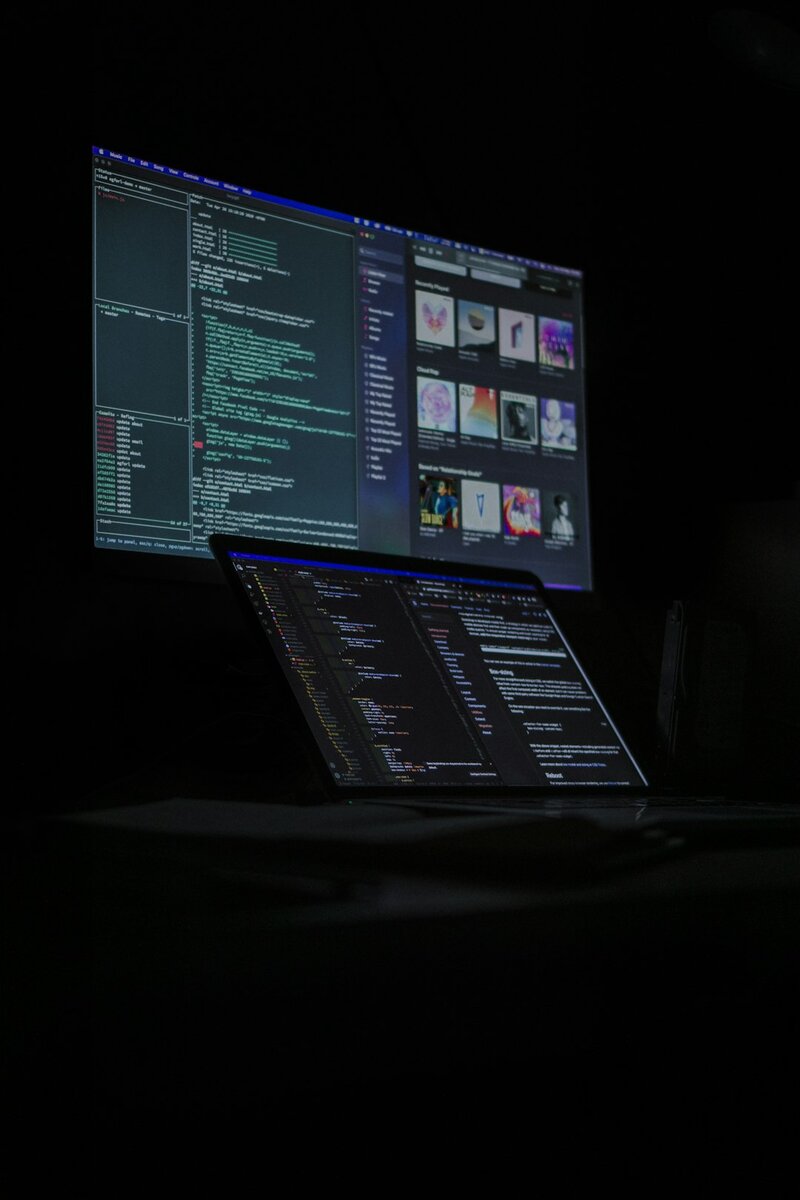As hybrid work environments become the new norm, employees and employers alike have had to adapt not only software and communication protocols but also physical work environments. One of the most overlooked yet critical aspects of a successful hybrid office setup is lighting. Whether employees are working from home or alternating days in-office, the quality of lighting can significantly affect video conferencing, productivity, and overall workplace morale.
TL;DR: Lighting kits are essential for optimizing hybrid office environments, especially for video conferencing and maintaining professional visual appearances. Carefully selected lighting can reduce eye strain, enhance mood, and present team members in the best light during virtual meetings. Options range from affordable ring lights to sophisticated three-point lighting setups. Employers investing in lighting kits stand to improve both productivity and employee satisfaction across remote and in-office settings.
Why Lighting Matters in a Hybrid Office
Good lighting is not just about aesthetics; it plays a functional role in today’s workspaces. For employees working remotely or in flexible office arrangements, lighting can influence:
- Video Call Quality: Poor lighting can make virtual communication less effective by casting shadows or distorting facial features.
- Eye Comfort: Low or harsh lighting can lead to eye strain, headaches, and fatigue over extended work hours.
- Productivity and Mood: The level and type of light directly affect energy levels and concentration.
Types of Lighting Kits Suitable for Hybrid Offices
Hybrid offices often involve multiple work locations—home and corporate office—each requiring adaptable lighting solutions. Here’s a rundown of recommended types:
1. Ring Lights
These are circular LED lights that are mounted around a camera or webcam to provide even, diffuse lighting. Ring lights are especially popular among content creators but have found a firm place in the hybrid work environment because of their ease of use and effectiveness.
Pros:
- Compact and portable
- Affordable
- Easy setup
Cons:
- Limited coverage area
- May not suit larger workspaces
2. Panel Lights
LED panel lights offer a broader and more adjustable lighting surface. These are ideal for people who need more control over brightness and color temperature.

Pros:
- Adjustable brightness and color temperature
- Provides more natural color tones
- Wider coverage
Cons:
- Usually more expensive than ring lights
- Require more setup time and space
3. Three-Point Lighting Kits
This setup consists of three lights: a key light, a fill light, and a backlight. Often used in professional studios, this configuration ensures the subject is well-lit from all angles, adding depth and reducing shadows.
Pros:
- Professional-grade lighting
- Eliminates harsh shadows
- Great for client-facing roles
Cons:
- Expensive
- Takes up more space
- Requires longer setup time
Key Features to Look for in a Lighting Kit
When choosing a lighting kit, the following factors are worth considering to ensure the best match for a hybrid work environment:
- Adjustable Brightness: This allows customization depending on ambient light conditions.
- Color Temperature Options: Ideal ranges are from 2700K (warm) to 6500K (cool) to suit various times of day and settings.
- Portability: Especially critical for remote workers who may need to set up lighting in different locations.
- Mounting Options: Tripod stands, desk clamps, or monitor mounts provide installation flexibility.
Top Lighting Kit Recommendations
Here are a few lighting kits suitable for hybrid professionals at different price points:
- Lume Cube Broadcast Lighting Kit: Offers adjustable brightness and color temperature, with a screen-friendly mount.
- Neewer Ring Light Kit: Affordable and ideal for Zoom calls, with tripod and smartphone holder included.
- Elgato Key Light Air: Premium option with Wi-Fi control and excellent diffusion for a soft natural look.
Deploying Lighting Kits in Office Settings
In corporate office environments, IT or facilities teams can standardize lighting for workstations or video conferencing rooms. Portable kits can be issued to hybrid employees or set up in shared areas where video calls are made frequently.

Here are some quick tips for placement:
- Position the main light source at a 45-degree angle to reduce glare
- Avoid placing lights directly above or behind the employee
- Use diffusers to soften light and eliminate harsh shadows
Lighting and Inclusivity
Proper lighting doesn’t just enhance appearance—it’s about visibility and comfort for all. Skin tone, hair type, glasses, and clothing all interact differently with light. Inclusive lighting ensures that all employees are represented equally and feel seen during digital communication.
Long-Term Benefits of Professional Lighting
Investing in high-quality lighting kits for hybrid offices can lead to:
- Improved Engagement: Employees are more likely to speak up and participate when they’re comfortable on video.
- Elevated Professionalism: Better lighting improves client impressions and internal presentation quality.
- Cost Savings: Reduces the need for expensive camera upgrades or frequent hardware adjustments.
Conclusion
Lighting is no longer a luxury; it’s a necessity in the modern hybrid workspace. As companies continue to refine their remote and in-office setups, providing employees with the right lighting tools must be part of the strategy. It’s a small investment that yields considerable returns in professional presence, productivity, and employee satisfaction.
FAQs About Lighting Kits for Hybrid Offices
- Do I need a lighting kit if I have natural light at home?
- Natural light is beneficial, but it’s not consistent. Lighting kits offer continuous and adjustable lighting regardless of the time of day or weather.
- Which lighting kit is best for beginner users?
- A ring light is a great starting point. It’s easy to set up and provides satisfactory results for most video conferencing situations.
- Can lighting kits be used in both home and office environments?
- Yes, many kits are portable and adaptable. Features like adjustable brightness and multiple mounting options make them suitable for various locations.
- How much should a company budget for lighting per employee?
- Basic kits can start as low as $30, while more professional-grade solutions may cost $150–$250. A mid-range budget of $75–$100 per employee is generally sufficient.
- Are there eco-friendly lighting options available?
- Yes, many LED lighting kits are energy-efficient, long-lasting, and environmentally friendlier than traditional incandescent lighting options.

